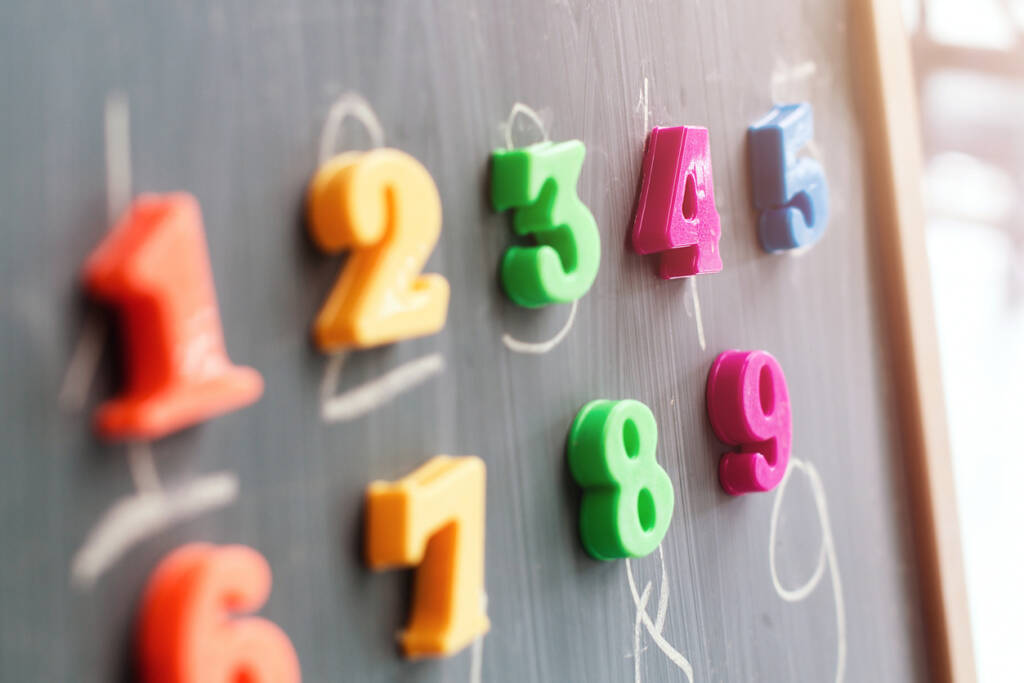
Elementary Social Studies Grade K

In Social Studies Kindergarten, students learn about community and citizenship. Students are offered an introduction to important concepts and skills related to history, geography, and economics.
Please view the Elementary Parents Guide for Grades K-2 with guidance on helping your student transition to online learning and thrive at VLACS.
Major Topics and Concepts
Segment One
- Rules and laws
- Citizenship
- Resolving conflicts
- Decision making
- Celebrations and holidays
- Calendars
- Timelines
- Primary sources
- Families and children, past and present
- Folk tales
Segment Two
- Maps and globes
- Landforms and bodies of water
- Seasons and weather
- US symbols
- Celebrations and holidays
- Primary sources
- Needs and wants
- Working and earning
- US currency
- Community helpers
Course Materials
A pupil may enter kindergarten if his/her chronological age will be five before October 1st of the year of entering school. For a complete description of the policy, please see Policy JEB Age of Entrance.
To achieve success, students are expected to submit work in each course weekly. Students can learn at their own pace; however, “any pace” still means that students must make progress in the course every week. To measure learning, students complete self-checks, practice lessons, multiple choice questions, projects, discussion-based assessments, and discussions. Students and families are expected to maintain regular contact with teachers because, when teachers, students, and parents work together, students are successful.
Required Materials – Please view the list of materials before registering.
Competencies
Time
I can describe the sequence of events using time order words. I can describe the use of a calendar. I can describe the use of a timeline. I can identify the days of the week. I can identify the months of the year.
Needs, Wants, and Jobs
I can compare needs and wants. I can explain the process of working to earn money for wants and needs. I can identify forms of United States currency. I can describe examples of jobs that people do in the community. I can identify the tools needed to do jobs.
Rules and Laws
I can explain the purpose of rules at home and in school. I can explain the importance of laws in the community. I can identify people with the authority to make and enforce rules and laws. I can identify examples of responsible citizenship. I can describe the process of resolving conflicts with responsible decision making.
Interaction Between Humans and the Environment
I can describe the location of people, places, and things by using positional words. I can compare a map and a globe. I can identify cardinal directions. I can identify my phone number. I can identify my address. I can identify basic land forms and bodies of water. I can describe seasonal weather changes. I can explain the effect of weather on people.
Patriotic Holidays and National Symbols
I can identify symbols of the United States. I can identify the Pledge of Allegiance. I can identify patriotic holidays and observances. I can compare our nation’s holidays with holidays of other nations. I can describe the importance of celebrations and national holidays.
Comparing the Past and Present
I can identify primary sources. I can compare the lives of today’s families with those in the past. I can compare the lives of today’s children with those in the past. I can retell a story about a person in the past who has shown courage, honesty, or responsibility.
Using Maps
I can identify my phone number. I can identify my address. I can describe the use of maps to locate places on Earth. I can describe the location of objects using positional words.

